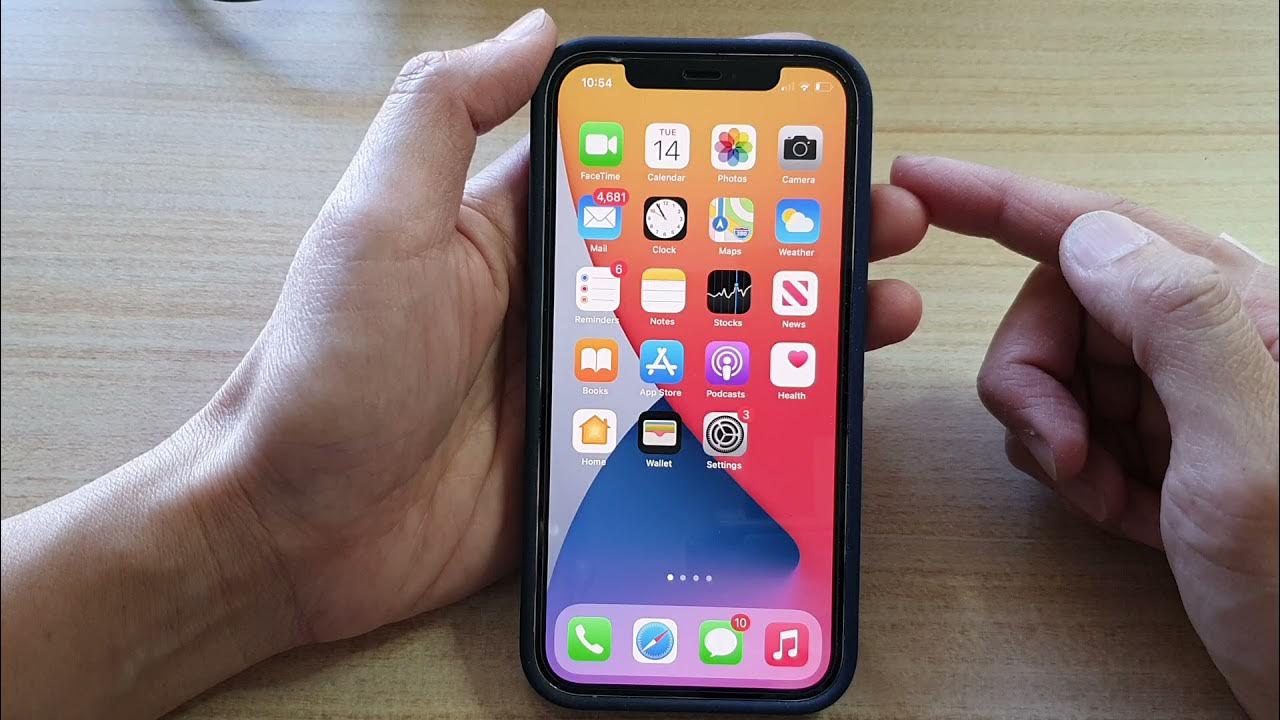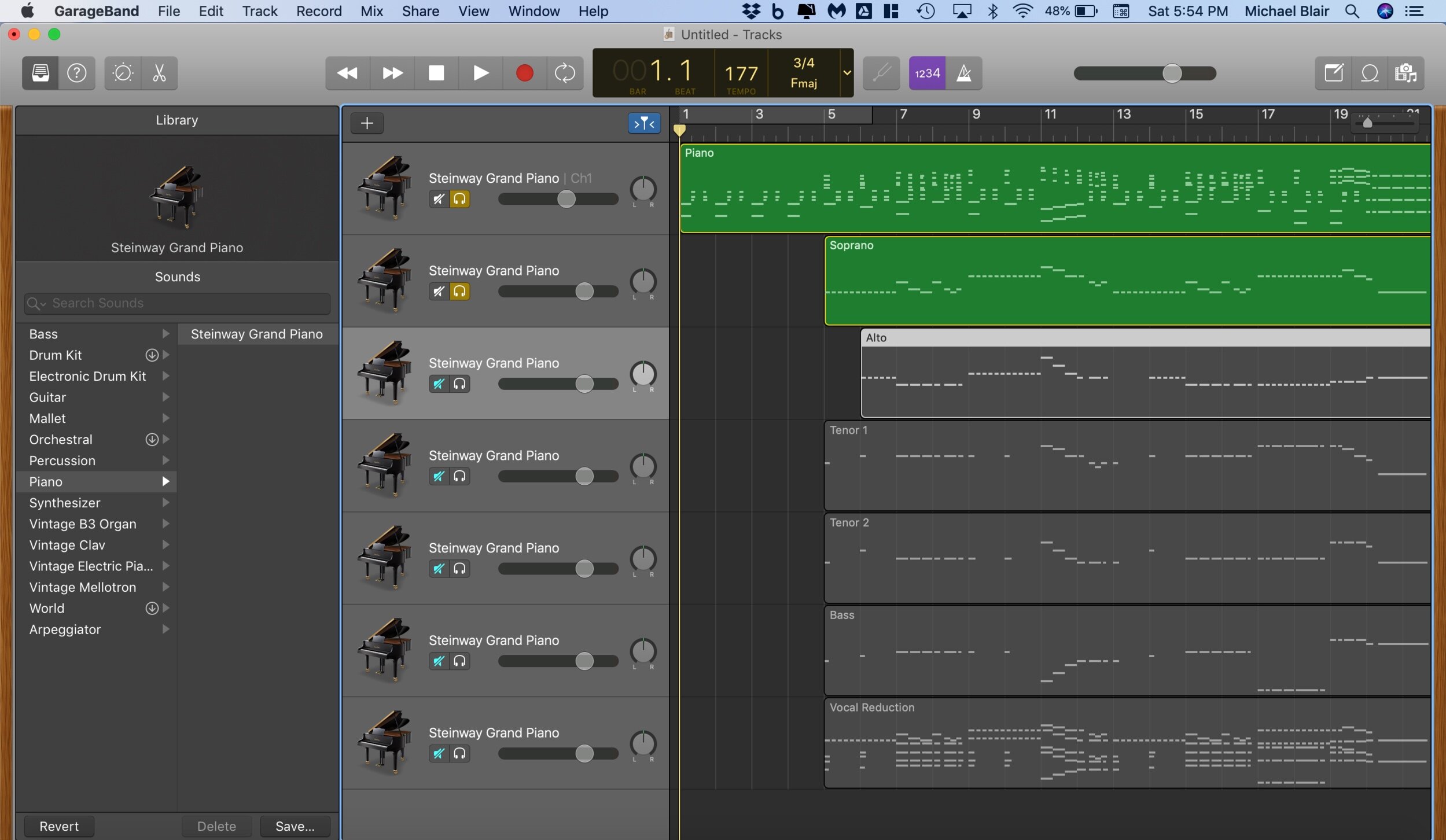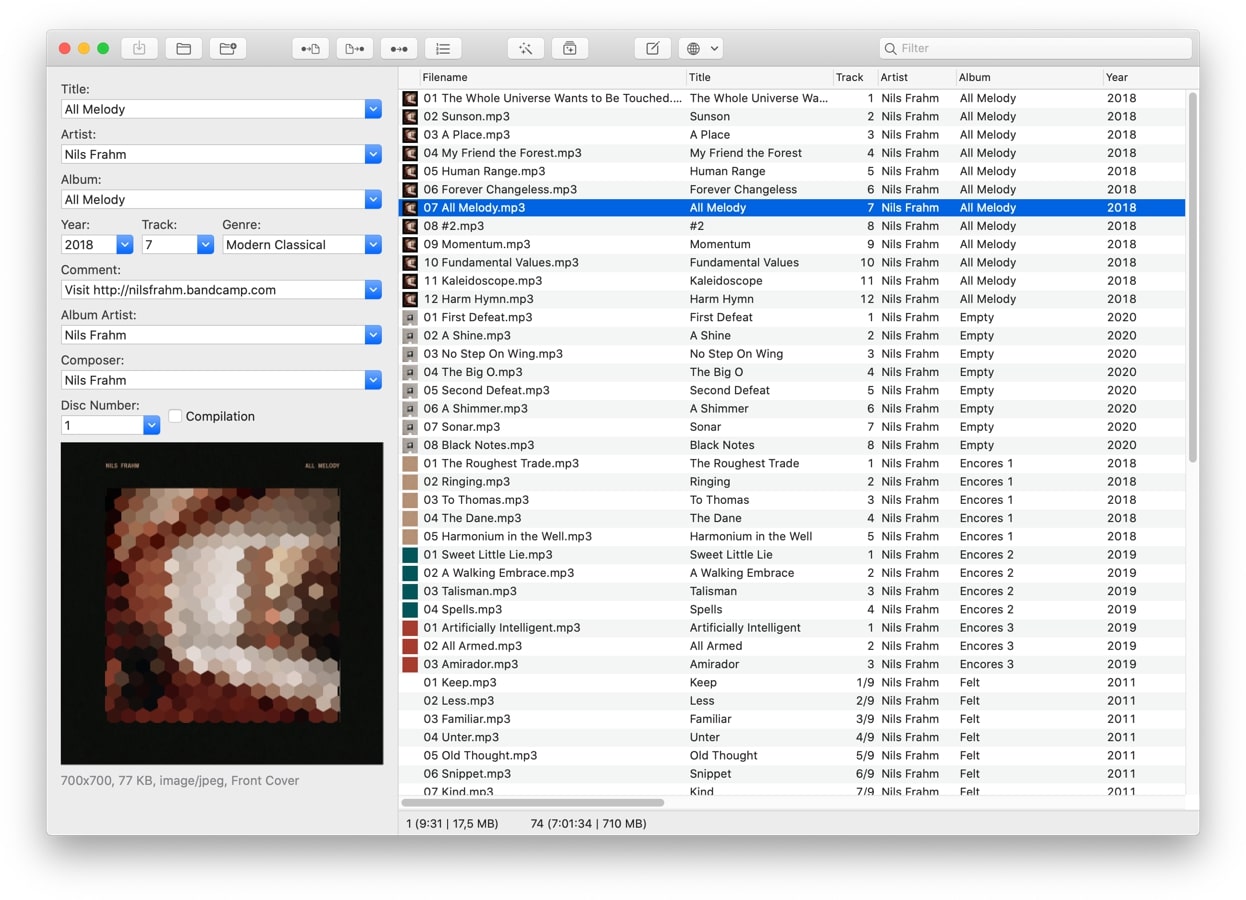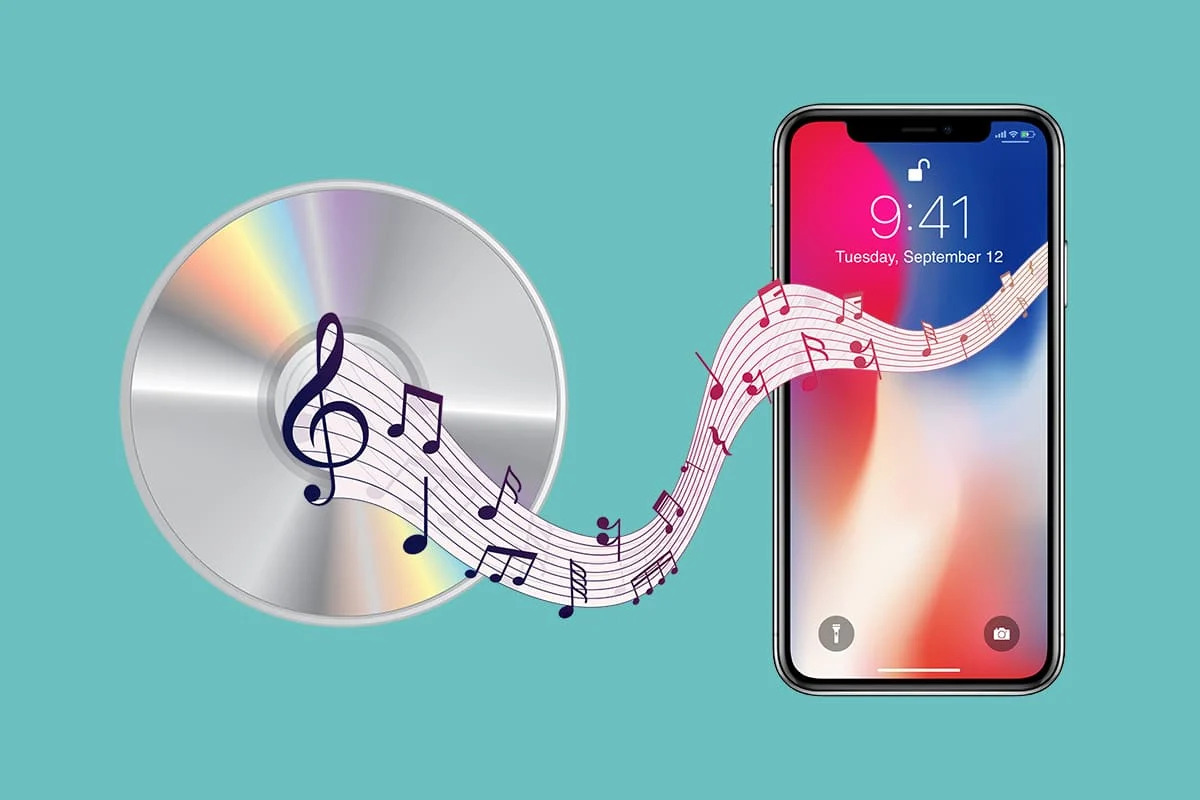Home>Production & Technology>MP3>How To Shorten An MP3 File
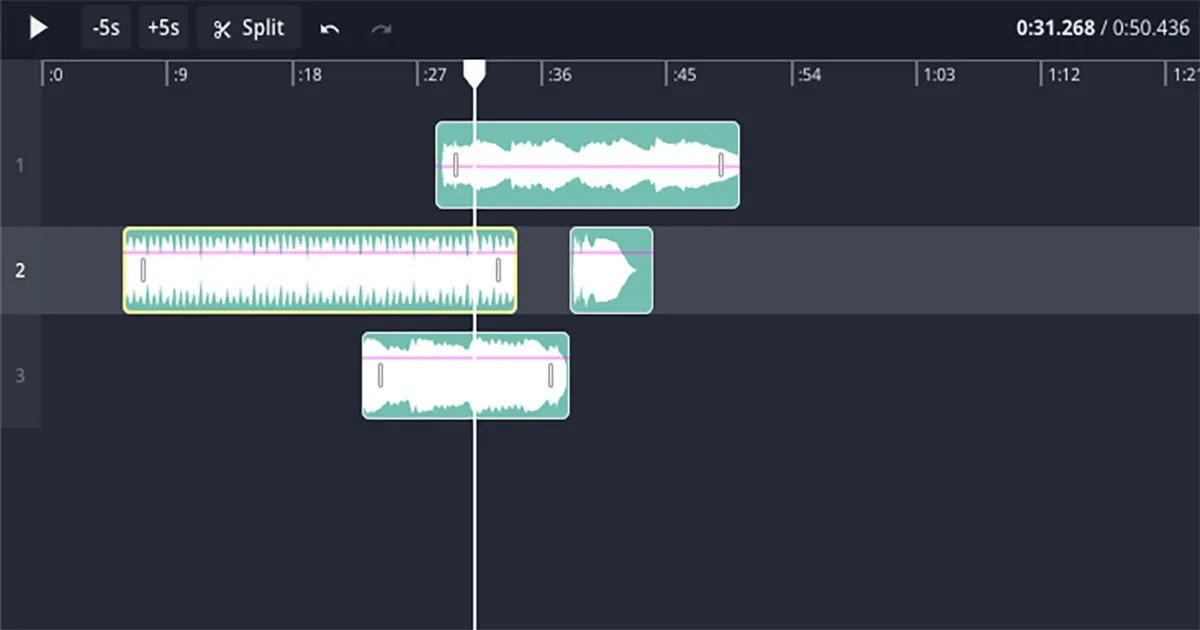

MP3
How To Shorten An MP3 File
Modified: January 22, 2024
Learn how to shorten an MP3 file quickly and easily. Step-by-step guide for trimming MP3 files without losing quality.
(Many of the links in this article redirect to a specific reviewed product. Your purchase of these products through affiliate links helps to generate commission for AudioLover.com, at no extra cost. Learn more)
Table of Contents
Introduction
MP3 files are the most widely used audio format for storing and playing music. However, there may be instances where you need to shorten an MP3 file, whether it’s to fit within a certain time limit for a project or simply to remove unwanted parts. Fortunately, there are various methods available to achieve this, ranging from free online MP3 editors to desktop audio editing software and smartphone apps. In this article, we will explore these different methods and provide step-by-step instructions on how to shorten an MP3 file.
Shortening an MP3 file involves removing specific sections from the audio track without compromising the overall quality. It is essential to choose the right method based on your preferences and the resources available to you. If you prefer a quick and hassle-free approach, using a free online MP3 editor can be a great option. On the other hand, if you have more complex editing needs or prefer working with desktop software, there are powerful audio editing tools that you can utilize. Additionally, using a smartphone app might be a convenient choice for those who prefer editing on-the-go.
Regardless of the method you choose, it’s important to note that shortening an MP3 file may result in the loss of some audio content. Therefore, it is recommended to make a backup of the original file before proceeding with any modifications. By following the instructions provided in this article, you will be able to confidently shorten an MP3 file and achieve the desired results.
Method 1: Using a Free Online MP3 Editor
If you’re looking for a quick and straightforward way to shorten an MP3 file without the need to install any software, using a free online MP3 editor is the perfect solution. These online tools allow you to upload your MP3 file, make necessary edits, and then download the shortened version. Here’s a step-by-step guide on how to use a free online MP3 editor:
- Start by choosing a reputable online MP3 editor. There are several options available, such as MP3Cut, AudioTrimmer, and Online Audio Cutter.
- Visit the website of the chosen editor and look for the option to upload your MP3 file.
- Click on the “Upload” button and browse your computer to locate the MP3 file you want to shorten.
- Once the file is uploaded, you will typically see a waveform representation of the MP3 audio.
- Locate the section of the audio that you want to remove or shorten. Most online editors provide a visual interface that allows you to select specific start and end points.
- Use the provided tools to trim or cut the selected section. Drag the start and end markers to adjust the portion of the audio to be removed. You can also utilize additional options, such as fade in/out effects, volume adjustment, and even adding sound effects.
- After making the necessary edits, preview the shortened audio to ensure it meets your requirements.
- If you are satisfied with the results, proceed to download the shortened MP3 file. Most online editors provide various download options, including choosing the file format and quality.
Using a free online MP3 editor is a convenient and beginner-friendly method to shorten an MP3 file. However, keep in mind that these tools may have limitations in terms of the file size you can upload or the specific features available. Additionally, always ensure that you are using a trusted website to protect your privacy and secure your files.
Method 2: Using a Desktop Audio Editing Software
If you prefer more advanced editing options and have access to a desktop computer, using a desktop audio editing software is a fantastic choice for shortening an MP3 file. These software applications offer a wide range of features and tools that enable precise edits and give you more control over the audio editing process. Here’s a step-by-step guide on using a desktop audio editing software to shorten an MP3 file:
- Choose a reputable audio editing software that supports MP3 file format. Some popular options include Audacity, Adobe Audition, and GarageBand (for macOS users).
- Download and install the chosen software on your desktop computer following the provided instructions.
- Launch the software and create a new project or open an existing one if you have already imported the MP3 file.
- Import the MP3 file into the audio editing software by clicking on the “Open” or “Import” option. Browse your computer to locate the MP3 file you want to work with.
- Once the MP3 file is imported, you will see a waveform representation of the audio on the editing interface. This allows you to visualize the different sections of the audio.
- Locate the section of the audio that you want to shorten and select it by clicking and dragging the cursor over the desired area.
- Use the editing tools provided by the software to trim or cut the selected section. This can typically be done by clicking on the “Cut” or “Delete” option in the toolbar. You can also utilize additional features like fade in/out effects, equalization, and noise reduction to enhance the audio quality.
- Preview the edited portion of the audio to ensure it sounds as desired.
- Once you are satisfied with the edits, save the shortened MP3 file by clicking on the “Export” or “Save” option. Choose the MP3 format and specify the desired file name and location.
Using a desktop audio editing software provides more flexibility and control when it comes to editing MP3 files. These software applications offer a wide range of advanced features and tools that allow for precise edits and professional-quality results. However, keep in mind that some audio editing software may be paid or require a subscription for access to all features. Consider your specific editing needs and budget before making a choice.
Method 3: Using a Smartphone App
If you prefer editing on-the-go or don’t have access to a computer, using a smartphone app is a convenient way to shorten an MP3 file. With the advanced capabilities of smartphones, you can find a variety of audio editing apps that offer user-friendly interfaces and powerful editing features. Here’s a step-by-step guide on how to use a smartphone app to shorten an MP3 file:
- Search for an audio editing app on your smartphone’s app store. Some popular options include GarageBand (for iOS users), WaveEditor, Lexis Audio Editor, and Timbre (for Android users).
- Download and install the chosen app on your smartphone following the provided instructions.
- Launch the app and create a new project or open an existing one if you have already imported the MP3 file.
- Import the MP3 file into the app by selecting the “Import” or “Open” option. Browse your device’s storage to locate the MP3 file you want to work with.
- Once the MP3 file is imported, you will see a visual representation of the audio, usually in the form of a waveform or timeline.
- Locate the section of the audio that you want to shorten and select it by using the provided selection tools, such as dragging your finger over the desired area.
- Use the editing tools provided by the app to trim or cut the selected section. This can typically be done by selecting the “Cut” or “Delete” option from the app’s toolbar or menu. Some apps may also offer additional features like fade in/out effects, volume adjustment, and audio enhancements.
- Preview the edited portion of the audio to ensure it meets your expectations.
- Once you are satisfied with the edits, save the shortened MP3 file by selecting the “Export” or “Save” option. Choose the MP3 format and specify the desired file name and location on your device.
Using a smartphone app provides convenience and flexibility when it comes to editing MP3 files. These apps are designed to be user-friendly and offer a range of features that allow for quick and easy edits. However, keep in mind that the editing capabilities of smartphone apps may vary, and some advanced features may require a premium version or in-app purchases. Consider your specific editing needs and explore different apps to find the one that best suits your requirements.
Conclusion
Shortening an MP3 file can be necessary for various reasons, whether it’s for fitting within a specific time constraint or removing unwanted sections. In this article, we explored three different methods to achieve this: using a free online MP3 editor, utilizing desktop audio editing software, and leveraging smartphone apps.
If you’re seeking a quick and straightforward solution, using a free online MP3 editor is the way to go. These tools allow you to upload your MP3 file, make necessary edits, and download the shortened version without the need for any software installation. They are beginner-friendly and provide simple visual interfaces for selecting and trimming specific sections of the audio.
On the other hand, if you prefer more advanced editing options and have access to a desktop computer, desktop audio editing software is an excellent choice. These software applications offer a wider range of features and tools that allow for precise edits and more control over the audio editing process. They often provide additional functionalities like fade effects, volume adjustment, and noise reduction, allowing you to achieve professional-quality results.
For users who prefer editing on-the-go or do not have access to a desktop computer, smartphone apps provide a convenient solution. With the capabilities of modern smartphones, these apps offer user-friendly interfaces and powerful editing features. They provide the flexibility to edit MP3 files from anywhere, making it easy to quickly trim, cut, and personalize your audio on your smartphone.
Remember to choose a method that aligns with your specific needs and resources. Additionally, always make a backup of the original MP3 file before making any edits to ensure you can revert back if needed.
By following the step-by-step instructions outlined in this article, you can confidently shorten an MP3 file and achieve the desired results. Whether you opt for a free online MP3 editor, desktop audio editing software, or a smartphone app, you now have the knowledge and tools to make the necessary edits to your MP3 files with ease.



